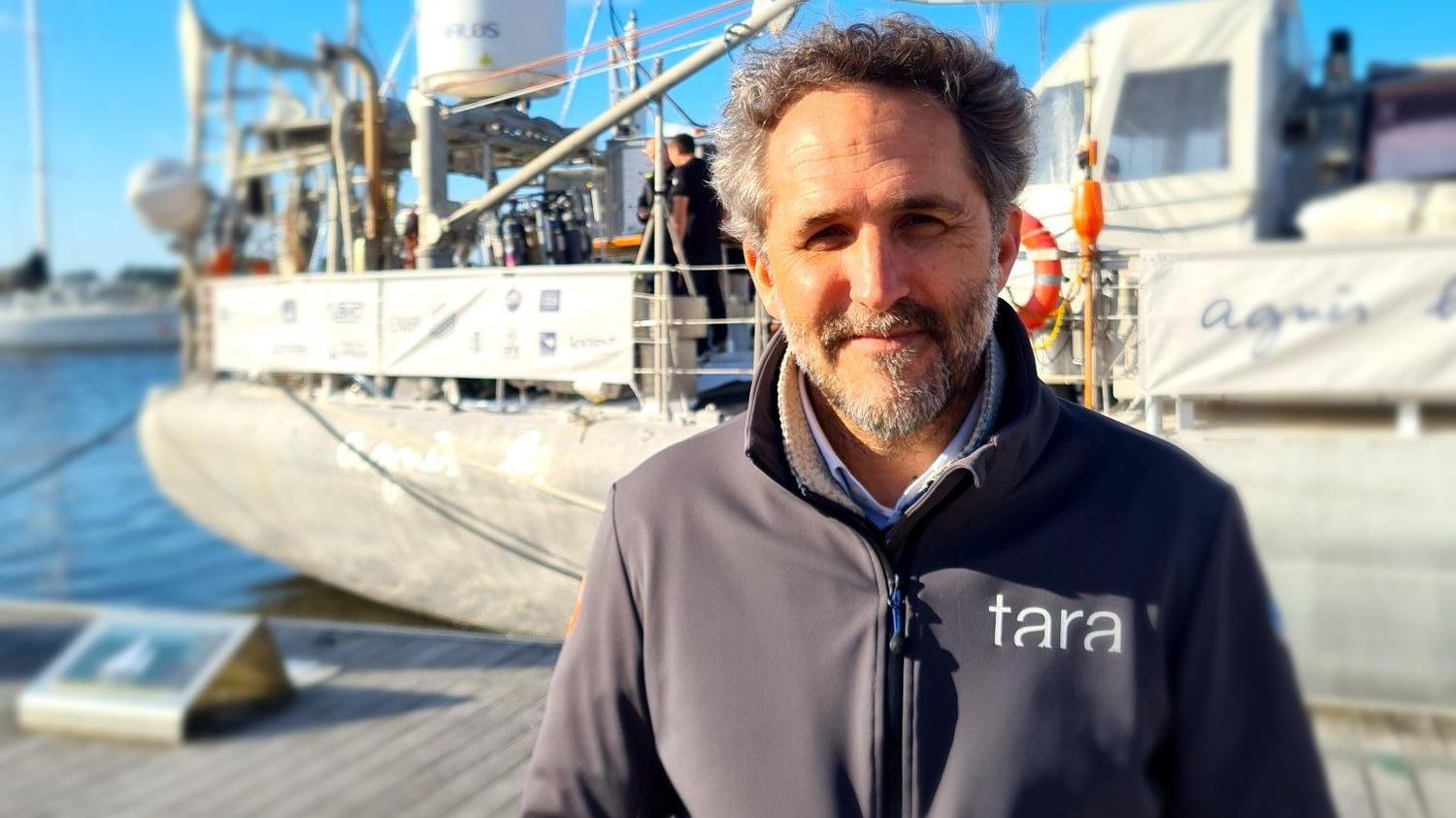The Tara schooner sets sail on Sunday from Lorient. One of the challenges of this mission along the European coasts is to study “the transfer of chemical pollution between land and sea”, confides Romain Troublé, CEO of the Tara Ocean Foundation.
“Can’t wait for us to leave”, rejoices on Sunday April 2 on franceinfo Romain Troublé, the director general of the Tara Océan Foundation, before the new departure of the schooner from Lorient. The laboratory sailboat, 36 meters long, is about to set sail again. For two years, scientists, researchers and sailors will travel along the European coast. “We are going to stop several times along our coasts, we are going to take a lot of samples of water, sediment, the air that is around us to measure the pollution”, explains Romain Troublé. “Full of little tubes, of data”which must then be analysed.
Unprecedented collection work
It is “a huge treasure”slips Romain Troublé who will help to understand “the transfer of chemical pollution between land and sea, to also understand how this biodiversity is affected by this pollution pressure“. “The coast condenses a lot of people, inhabitants, activities… There are also watersheds, everything that we put in our valleys, in our forests. the sea. And it is really there that there is the most pressure. The quality of the water is the quality of life”, summarizes the CEO of the Tara Ocean Foundation.
>>> Biodiversity, resources, climate… The challenges of the treaty on the protection of the high seas, negotiated at the United Nations
This collection work is unprecedented, since the Tara schooner will have to sail along the coast in conjunction with another ship, which will remain ashore and on which there will be a laboratory piloted by EMBL. “
“It’s going to be complicated to tune in a boat which is at sea, which is subject to bad weather, tides, currents, maritime traffic and at the same time having a boat which will be in front of us, on land, and which will follow at the same time. It’s a great challenge.”
Romain Troublé, CEO of the Tara Ocean Foundationat franceinfo
This exploration, called Trec, required “three years of work upstream”. The data collected will then be analyzed by more than 500 researchers, the first results should be known. “in two or three years”.

In total, more than one hundred laboratories are involved in the project, including CNRS and EMBL. “It’s huge, it’s completely beyond us but at the start, you have to go to sea and put your hands in the water to get all that”concludes Romain Troubled.
